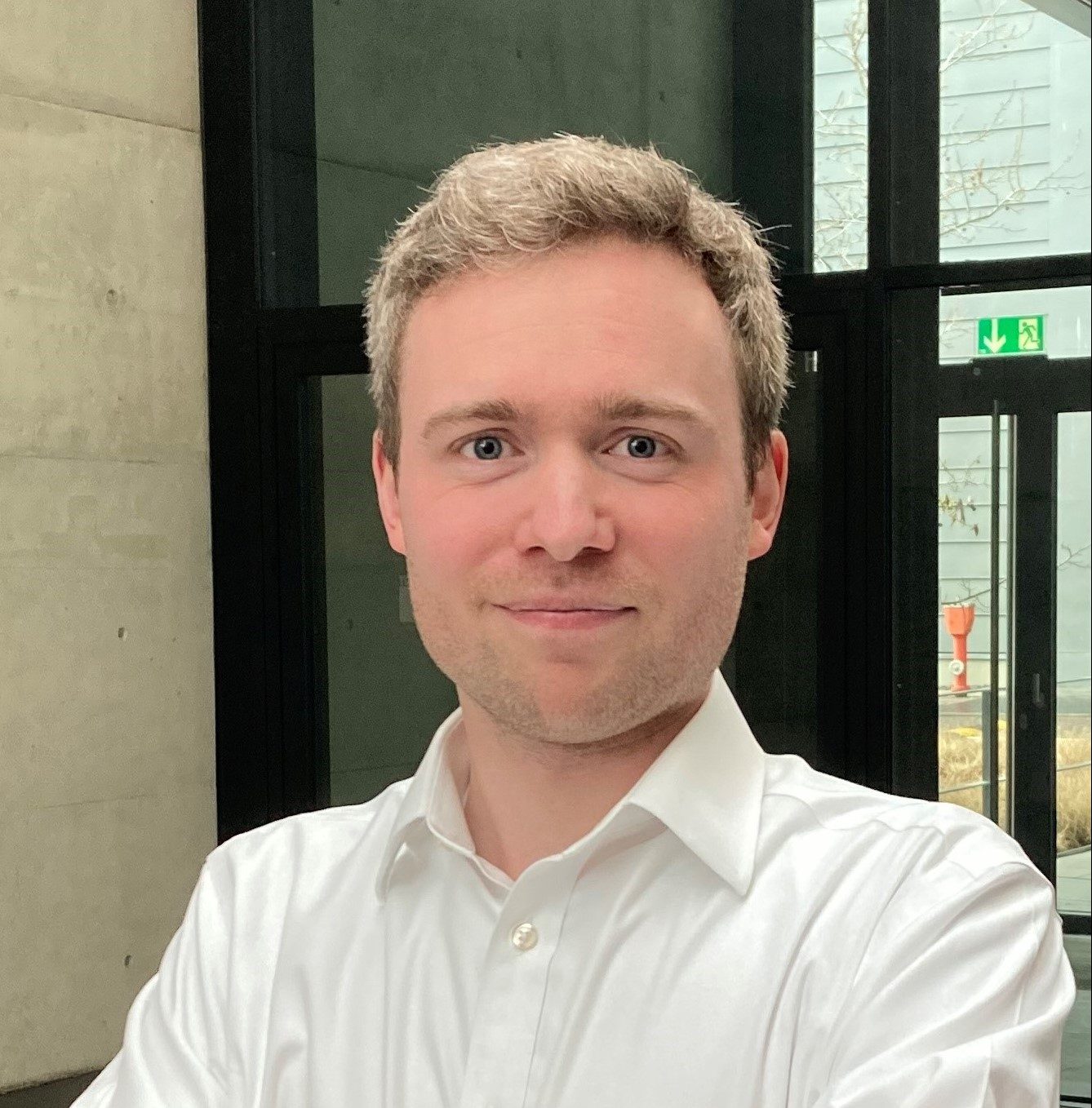05.05.2023
How the high-tech company aims to support manufacturers with the help of quantum computing.
Medium-sized industries like metal processing often rely on the human factor to get their production planning done. Together with QUTAC, machine tool and laser technology manufacturer TRUMPF is developing quantum computing-based applications that can make the sector more efficient.

Metal processing and processing as well as metal products manufacturing are two of Germany’s most important industry sectors, accounting for over 900,000 jobs in 2021 and racking up sales of more than 240 billion euros. It cannot rest on its laurels, though, if the sector wants to further expand at home and abroad. One major goal is to become more efficient, but this is often a challenge for the small and medium-sized companies that dominate the sector. That’s where TRUMPF steps. The hi-tech company is on a mission to provide companies with the kind of digitization solutions that would otherwise be beyond their means. TRUMPF offers machine tools and laser technology solutions, and its consulting and software offerings lay the groundwork for the digitally networked manufacturing industry of tomorrow.
Nesting and scheduling in sheet metal production
“There’s a lot of room for optimization in sheet metal production in particular, an area where our machines are frequently used,” ventures Frederick Struckmeier, TRUMPF’s head of quantum computing applications. ‘Nesting’ is one particular challenge: “nesting means cutting the various parts out of a sheet of metal in a way that makes optimum use of space and doesn’t waste any material.”
So far, it remains a job that is largely still done by humans: “manual labor continues to play an important role in nesting, and on many shop floors you have veteran staff members who are using their experience, intuition and trickery to make the best possible use of the finite space on each sheet of metal.” It’s impressive how efficiently many of them can do this, but not every firm has that kind of experience in-house, and even the smartest human cannot achieve a truly optimal result. For Struckmeier, one thing is clear: “for the industry to raise its collective level, we need to complement human labor with the right kinds of technology.”
Quantum computing, and prospective efficiency gains
Metal processing firms face one more riddle that conventional computing may never be able to solve. In industry parlance this is called ‘scheduling’ – setting the optimum timetable for production. A raft of factors come into play here, as Struckmeier explains: “How urgent is a particular order? Which machines are running at capacity and when? What sheet thickness is the customer demanding?”
To optimize a production plan even for only a few working days, conventional computers would need the same amount of time again just to finish all the calculations. So Struckmeier and his team are turning to quantum computers instead. The latter’s unique functionalities may soon turn nesting and scheduling into activities that can mostly be automated. But it’s important to be frank about the new technology’s limits, as well as its potential: “to be clear, some problems will still be so complex even quantum computers can’t solve them efficiently and within a reasonable timeframe.” When it comes to problems that require a computation time that increases non-polynomially in relation to their complexity (i.e. faster than that of a polynomial function), the performance gap between conventional and quantum computing remains relatively small, Struckmeier points out; “but there is a group of problem classes where quantum computing is going to be of major use. Even if we manage to only improve speeds by a factor of a thousand, it means a big leap forward for the customer. It makes a huge difference if a calculation can be done in forty minutes rather than four weeks.”
QUTAC: working together to enhance German industry
TRUMPF is now developing quantum computing-based applications that aim to solve nesting and scheduling issues. Being part of QUTAC since January 2023 has also made a major difference. Struckmeier explains: “many consortium members are working on very similar use cases. The problems may take slightly different shapes depending on the industry you’re in, but the underlying math is the same.” That’s why it makes sense to exchange ideas: “In theory there is a variety of potential approaches and solutions. In practical terms though, as a company you have to pick one of them to invest your resources in, and you carry the full risk of running into a dead end.” Being part of a consortium helps to hedge that risk. “Working together means we can take different paths but still all make progress together in the same direction. So in the end, everyone benefits.” Importantly, for Struckmeier, “any advances made via QUTAC are also a win for industry as a whole.”